The catalytic converter is an essential component of your vehicle's exhaust system, responsible for reducing harmful emissions.
Understanding how to check if it's functioning correctly is crucial for maintaining your vehicle's performance and compliance with environmental standards.
One of the tools that can help diagnose issues with the catalytic converter is the OBD2 scanner.
We will explore how an OBD2 scanner can detect a bad catalytic converter, how to test your catalytic converter, the OBD2 code for catalytic converter issues, and how to distinguish between a bad O2 sensor and a catalytic converter problem.
Can the OBD2 Scanner Detect a Bad Catalytic Converter?

Yes, an OBD2 scanner can detect issues with the catalytic converter. The OBD2 system monitors various components of your vehicle, including the catalytic converter, through a series of sensors.
When the catalytic converter is not functioning properly, the OBD2 system triggers a fault code, which can be read using an OBD2 scanner.
The scanner can provide specific diagnostic trouble codes (DTCs) that indicate the presence of a problem with the catalytic converter.
The Foxwell NT706 OBD2 scanner is equipped with advanced diagnostic capabilities that make it particularly effective for this purpose.
By connecting the Foxwell NT706 to your vehicle's diagnostic port, the device can read and interpret the fault codes generated by the vehicle's onboard computer.
This scanner offers real-time data streaming, which allows you to observe the performance of the catalytic converter in real-time.
Additionally, the Foxwell NT706 provides comprehensive information on the detected codes, including possible causes and recommended solutions, making it easier to diagnose and address catalytic converter issues.
How Can I Test My Catalytic Converter?
Testing your catalytic converter involves several steps.
By connecting the scanner to your vehicle’s OBD2 port and turning on the ignition, the scanner will read the vehicle's data and check for any diagnostic trouble codes related to the catalytic converter.
Common codes you might encounter include P0420 (Catalyst System Efficiency Below Threshold) and P0430 (Catalyst System Efficiency Below Threshold - Bank 2).
The Foxwell NT706 not only identifies these codes but also provides detailed descriptions and potential fixes.
An exhaust backpressure test can be performed using specialized tools to measure the pressure in the exhaust system before and after the catalytic converter.
High backpressure typically indicates a clogged or failing catalytic converter. The Foxwell NT706 also supports additional diagnostic tools that can assist with these tests, enhancing its versatility.
Another method involves a temperature test. By using an infrared thermometer, you can measure the temperature of the exhaust entering and exiting the catalytic converter.
A properly functioning catalytic converter will have a higher exit temperature than the inlet temperature due to the chemical reactions occurring inside. The Foxwell NT706 can help monitor related parameters, ensuring comprehensive diagnostic coverage.
A visual inspection of the catalytic converter can reveal physical damage such as dents, rust, or discoloration.
While the Foxwell NT706 excels in electronic diagnostics, combining its data with a thorough visual check ensures a more accurate assessment of the catalytic converter’s condition.
What is OBD2 Code for Catalytic Converter?
The OBD2 system uses specific codes to indicate issues with the catalytic converter.
The most common codes related to catalytic converter problems are P0420, which signifies Catalyst System Efficiency Below Threshold (Bank 1), and P0430, indicating Catalyst System Efficiency Below Threshold (Bank 2).
These codes are generated when the catalytic converter fails to reduce emissions effectively, which could be due to a failing converter, exhaust leaks, or problems with the oxygen sensors.
The Foxwell NT706 OBD2 scanner is particularly adept at identifying and explaining these codes. It provides detailed descriptions of the fault codes, potential causes, and recommended fixes.
This functionality helps users understand the exact nature of the issue and take appropriate actions to rectify it.
By using the Foxwell NT706, vehicle owners and mechanics can quickly and accurately diagnose catalytic converter problems, ensuring timely repairs and maintenance.
How Do I Know if I Have a Bad O2 Sensor or Catalytic Converter?

Distinguishing between a bad oxygen (O2) sensor and a faulty catalytic converter can be challenging.
However, the Foxwell NT706 OBD2 scanner simplifies this process by providing detailed diagnostic information.
Checking the OBD2 codes is a good starting point. Codes such as P0420 and P0430 specifically point to catalytic converter issues, while codes like P0130 to P0141 indicate problems with the O2 sensors.
Observing vehicle symptoms can also provide clues. A failing catalytic converter often leads to reduced engine performance, increased emissions, and a sulfur-like smell from the exhaust.
On the other hand, bad O2 sensors can cause erratic engine behavior, poor fuel economy, and fluctuations in engine RPM.
The Foxwell NT706 allows you to monitor live data from the O2 sensors, helping you compare the readings from the upstream (before the catalytic converter) and downstream (after the catalytic converter) sensors. If both sensors show similar readings, the catalytic converter might be at fault.
Testing components individually can further isolate the issue. The Foxwell NT706's comprehensive diagnostic capabilities make it an invaluable tool for this purpose, ensuring you can accurately determine whether the problem lies with the O2 sensors or the catalytic converter.
Conclusion
An OBD2 scanner is a powerful tool for diagnosing issues with your vehicle's catalytic converter.
By understanding the common diagnostic trouble codes and how to perform additional tests, you can effectively identify and address problems with your catalytic converter.
Regular maintenance and prompt attention to warning signs can help ensure your vehicle runs efficiently and complies with emission standards.
The Foxwell NT706 provides a user-friendly and comprehensive solution for diagnosing and resolving catalytic converter issues, making it an essential tool for any vehicle owner or mechanic.
FAQs
How to unclog a catalytic converter without removing it?
Use a catalytic converter cleaner in your fuel tank and drive the vehicle to dissolve the buildup.
What codes will a clogged catalytic converter throw?
Common codes are P0420 and P0430.
Will replacing O2 sensors fix P0420?
Only if the sensors are faulty; otherwise, the catalytic converter itself may need attention.

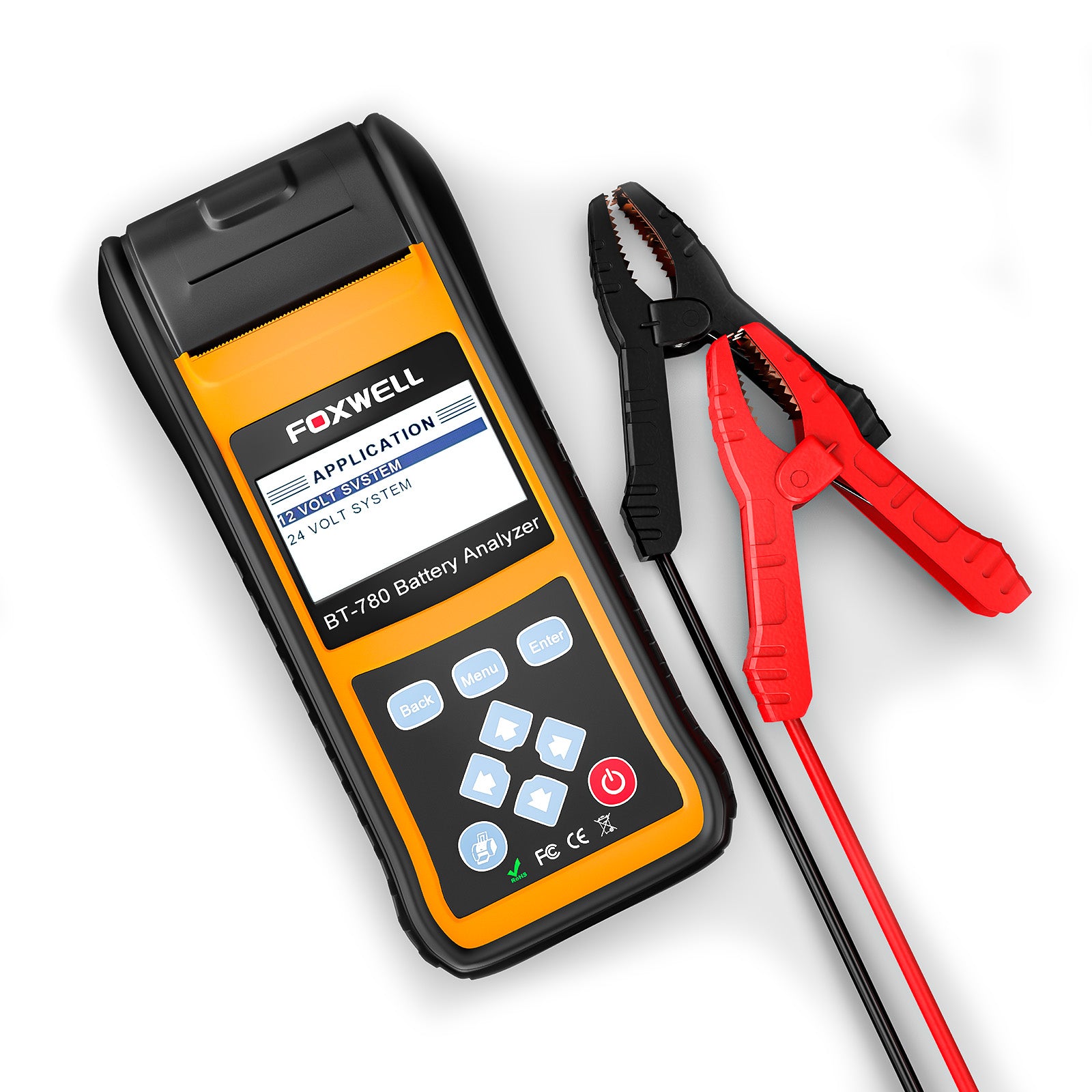
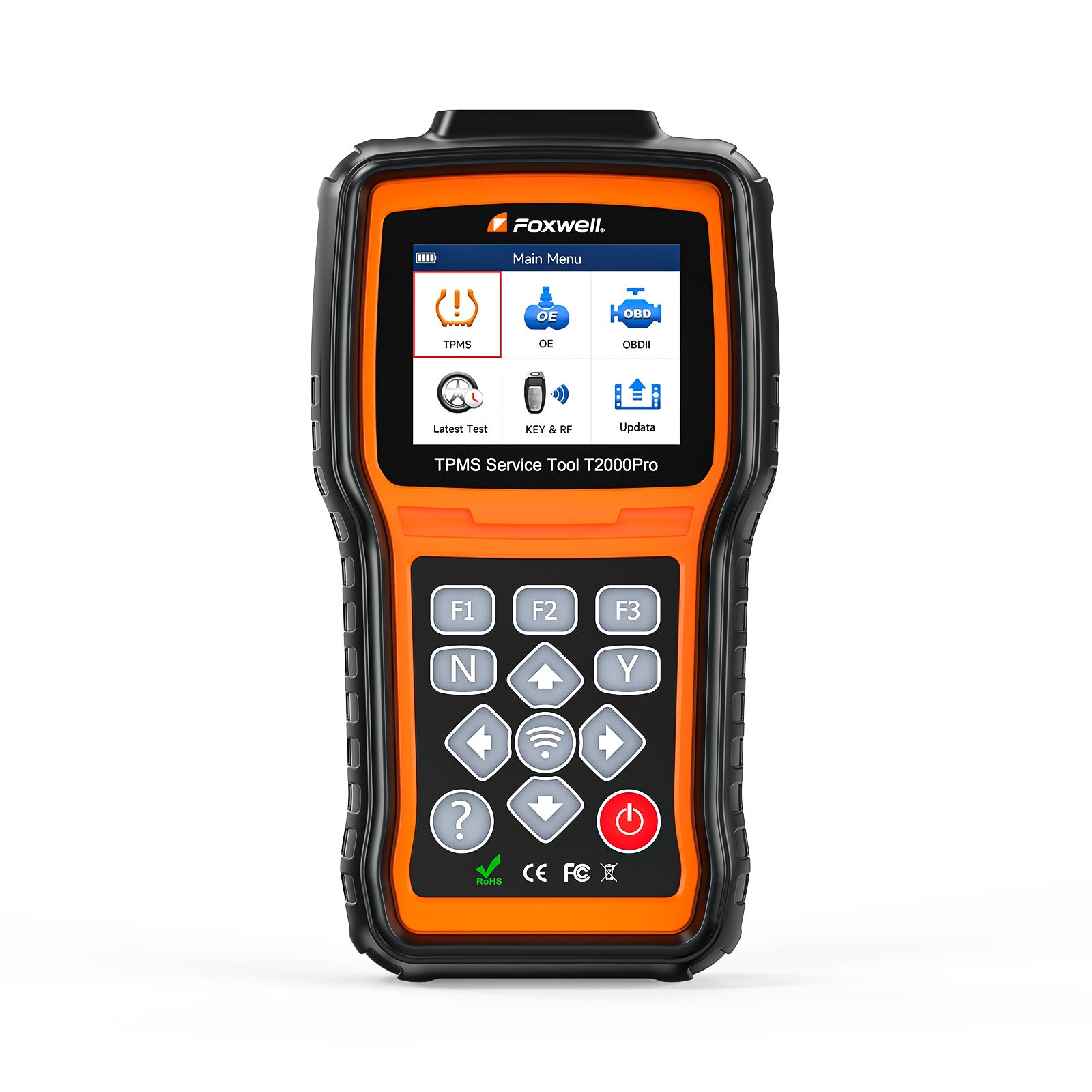
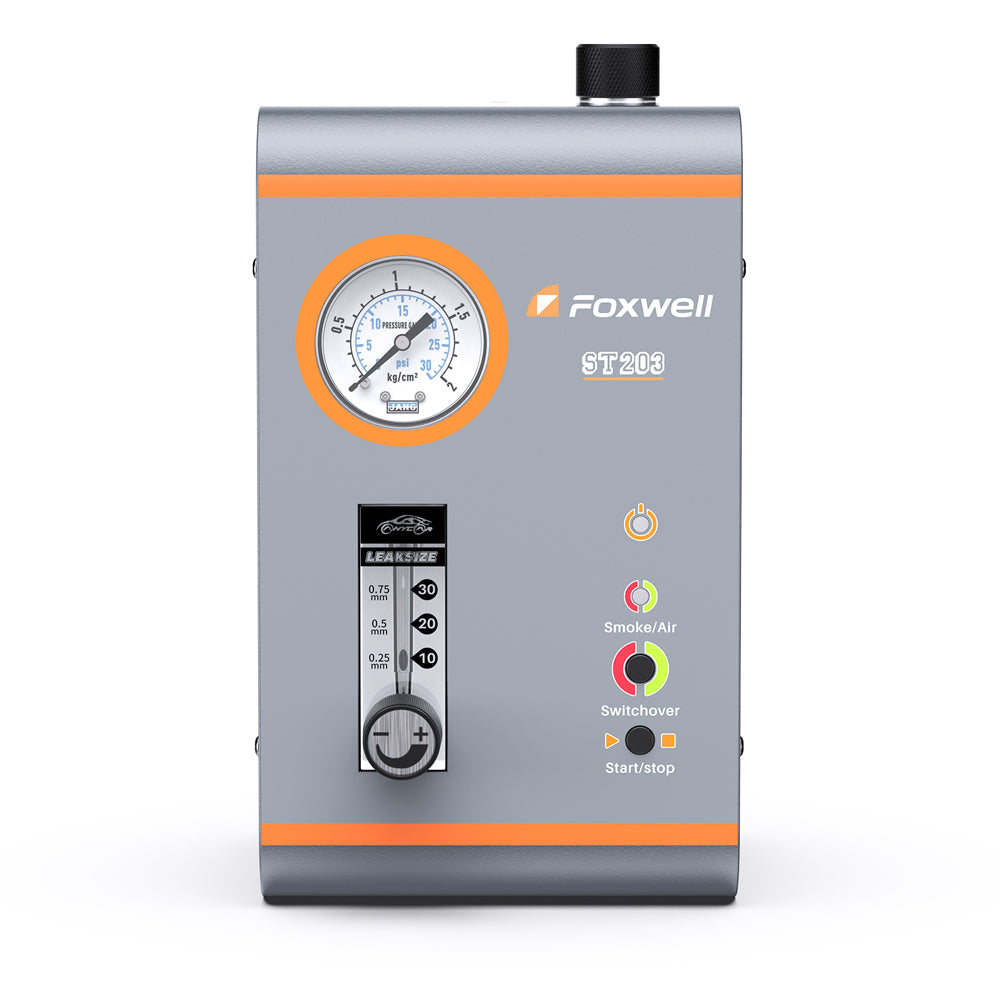
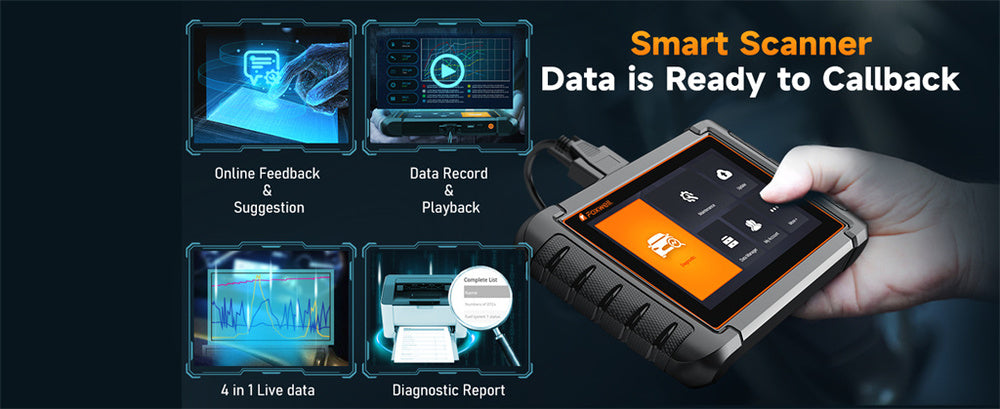
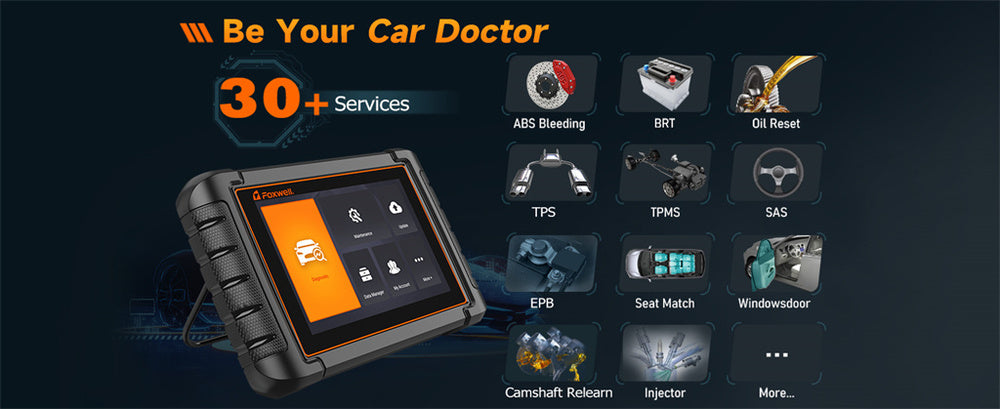
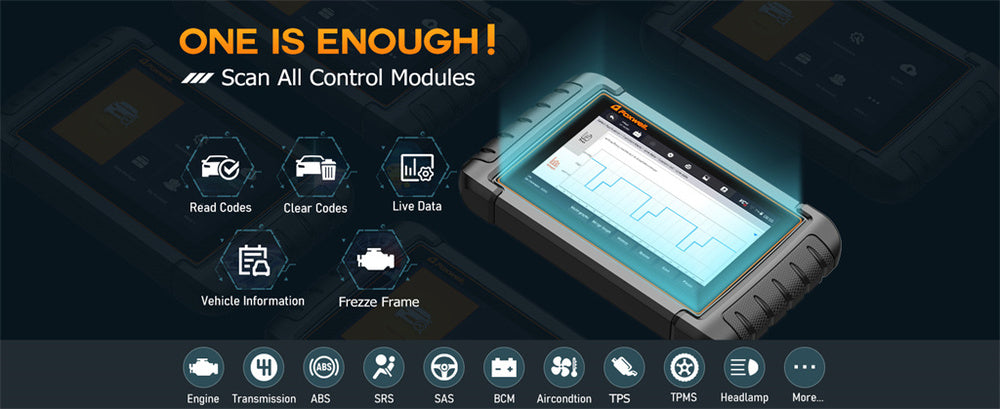
Leave a comment
This site is protected by hCaptcha and the hCaptcha Privacy Policy and Terms of Service apply.